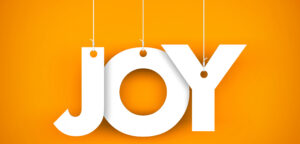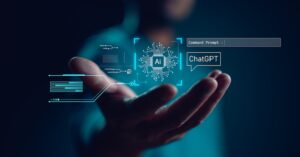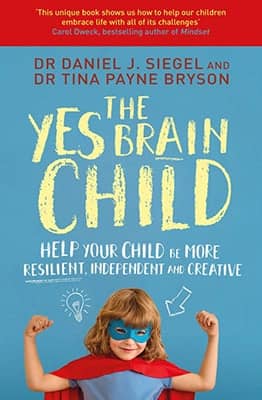Year 6: Solving Big Problems
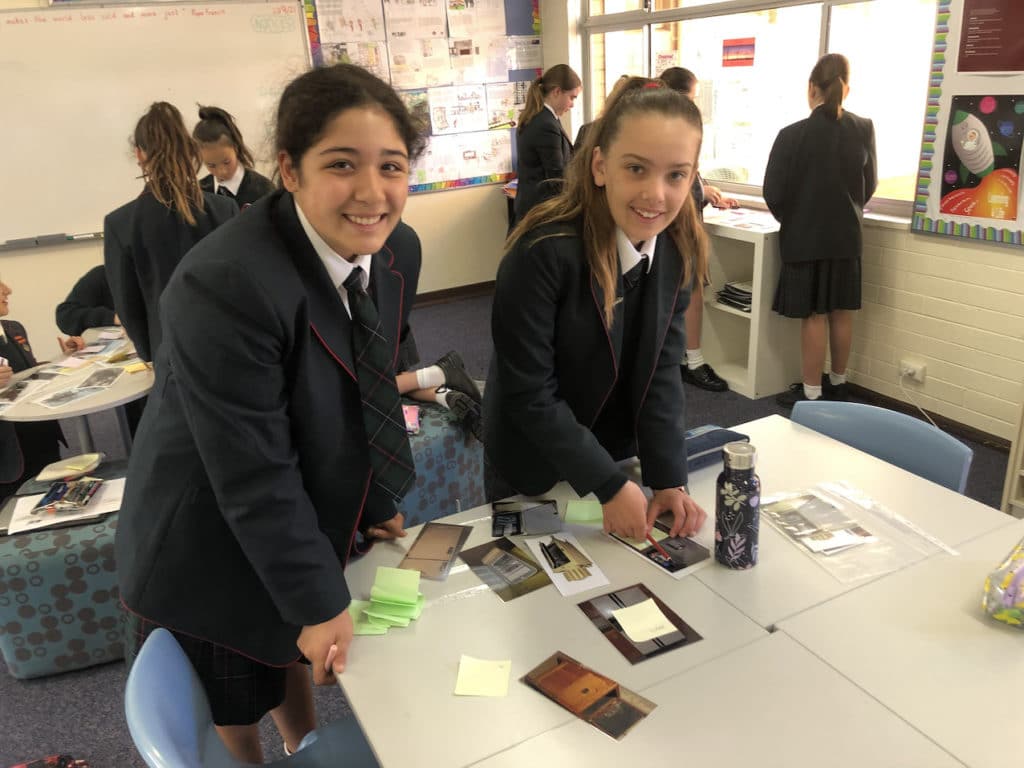
Spark6 is part of our Enhanced Learning Program with a technology focus that develops the 3Cs:
- Critical Thinking
- Creative Thinking
- Collaboration
Additionally, it aligns with the Science curriculum area and focusses particularly on solving problems and informing personal and community decisions.
We explored the big question ‘How can we use technology as a tool to create positive change?’. This provided a rich learning opportunity for the Year 6 students to explore an area for change they were passionate about. To start, the students were emersed in technology, looking at how this has changed over time and the impact it has had on different groups of people in society. The students moved on to explore current technologies and were exposed to a variety of technology programs. Then the girls defined their own question and discovered more information about their chosen topic with the aim of finding solutions to their problem.
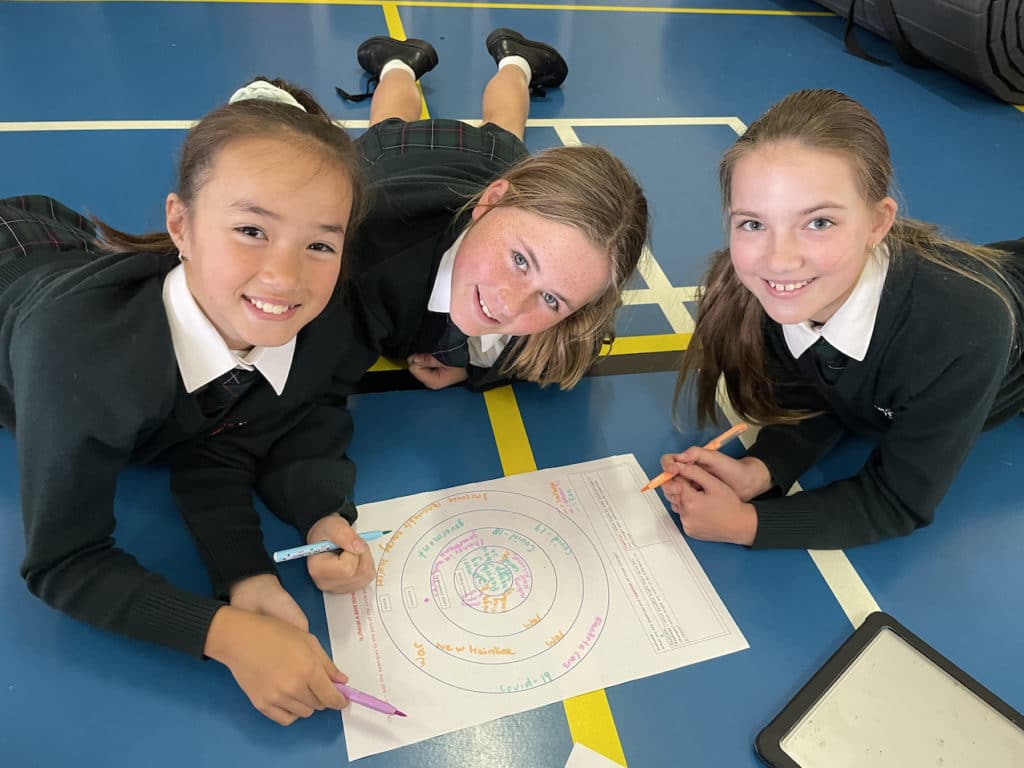
Topics were varied, and many addressed current social justice issues, some examples were: mental health, helping the homeless, reducing plastics, and promoting fair treatment of Indigenous Australians.
Technology was applied in a range of ways to solve these problems, including utilising what we currently had available such as building websites using Wix and Spark software, and advertisements using Powtoon or iMovie, as well as innovatively designing new technologies or products.
The project closed with a ‘Convention Centre for Change’ where students spoke confidently and passionately to their parents and school community about their processes and solutions.
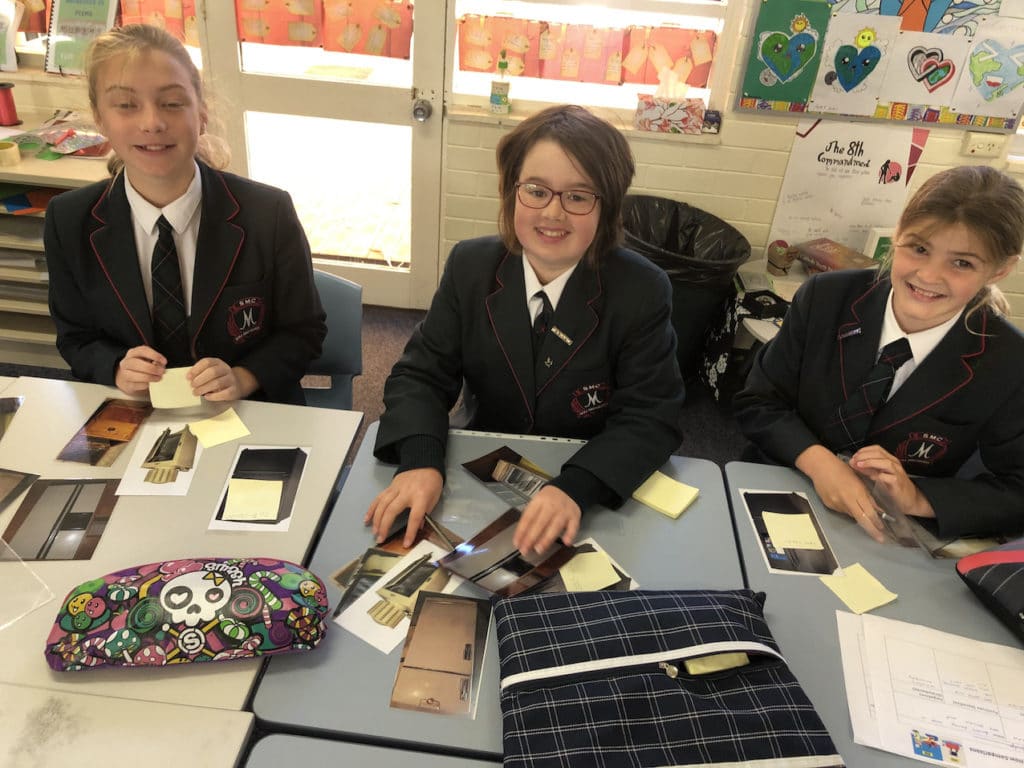
Below are some of the girls’ ‘’Big Questions’ and their responses.
Big Question: How can we use technology as a tool to stop stereotyping?
Sophie Beissel (6.10) Sophie McCarthy (6.10) Sofia Abrahams (6.9)
We chose stereotyping as our topic because we all feel passionate about this cause. We understand the harmful effects of stereotyping in today’s society and want to make a difference in this particular area. Stereotyping can lead to many harmful effects such as lack of equality and discrimination, which can lead to things like unequal rights and pay. They can be subtle, or obvious, and anything from gender, race, disability, age, appearance. We want to change people’s mindsets to stop the stereotype and create an equal, inclusive society.
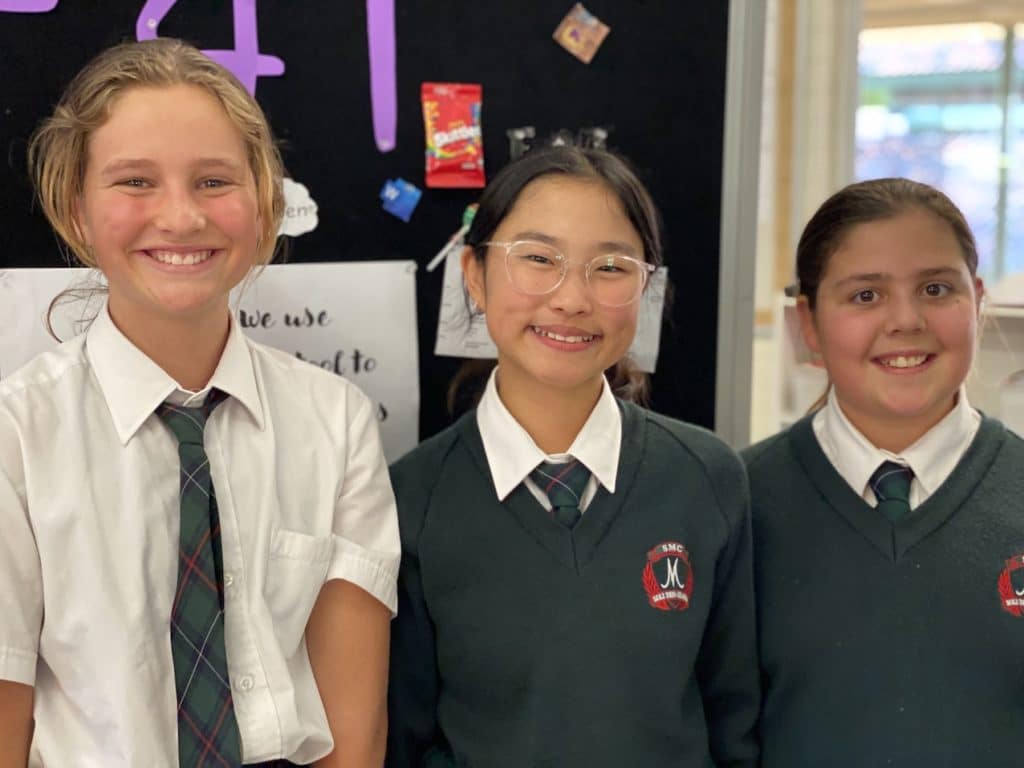
Big Question: How can we use technology as a tool to reduce plastic in the ocean and help local marine life?
Summer Golding (6.6), Maddy Smith (6.9), Lauren Markham (6.6) Adayna Fozdar (6.10)
We came up with a system that includes the public, as they can do a hobby they enjoy whilst picking up plastic. We created a club called Dive for a Difference. The way the club works is that people come in and pay a small fee, then we give them snorkelling gear and send them to a beach or area. If they pick up plastic in the area a discount is given to them for the amount they picked up.
The plastic we collect is recycled or given to a small art class we have made. We have used technology by creating a new product, the Extro Vision Lenses. This product enables you to differentiate between plastic, algae and rocks. This happens through thermo cameras which sense the temperature of these objects. We also used 3D printers, iMovie and Tinkercad, Canva, Free Logo Design, Forms and Word.
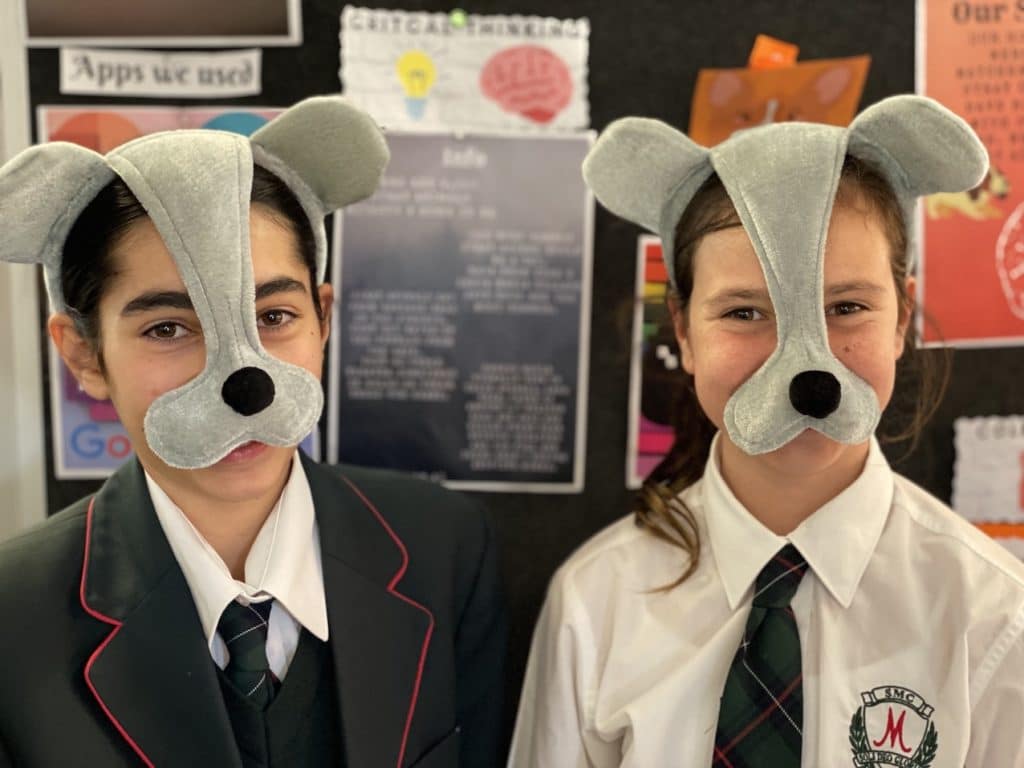
Big Question: How can we use technology as a tool to help accommodate the homeless?
Hayley Kayser (6.8), Chloe McDonald (6.10), Annabelle Debenham (6.10)
Collaboratively, we came up with an idea to create a solution that would help homeless people find the nearest accommodation at homeless shelters using technology. Our critical thinking was us gathering lots of information on the different shelters in Perth, how many homeless people there are in Perth and many more resulting in how to create a solution to help us with our problem.
We used creative thinking in our design process to think of new creative ways to help homeless people find their accommodation for the night. We looked at digital billboards, adverts raising awareness and then we landed on the idea of designing an app that would display on big touchscreens in public places. This meant homeless people could access the app and find the nearest accommodation at homeless shelters, food places and directions on how to get there and how long it would take.
Overall, this was a good experience, and we hope this project helped raise awareness of homelessness
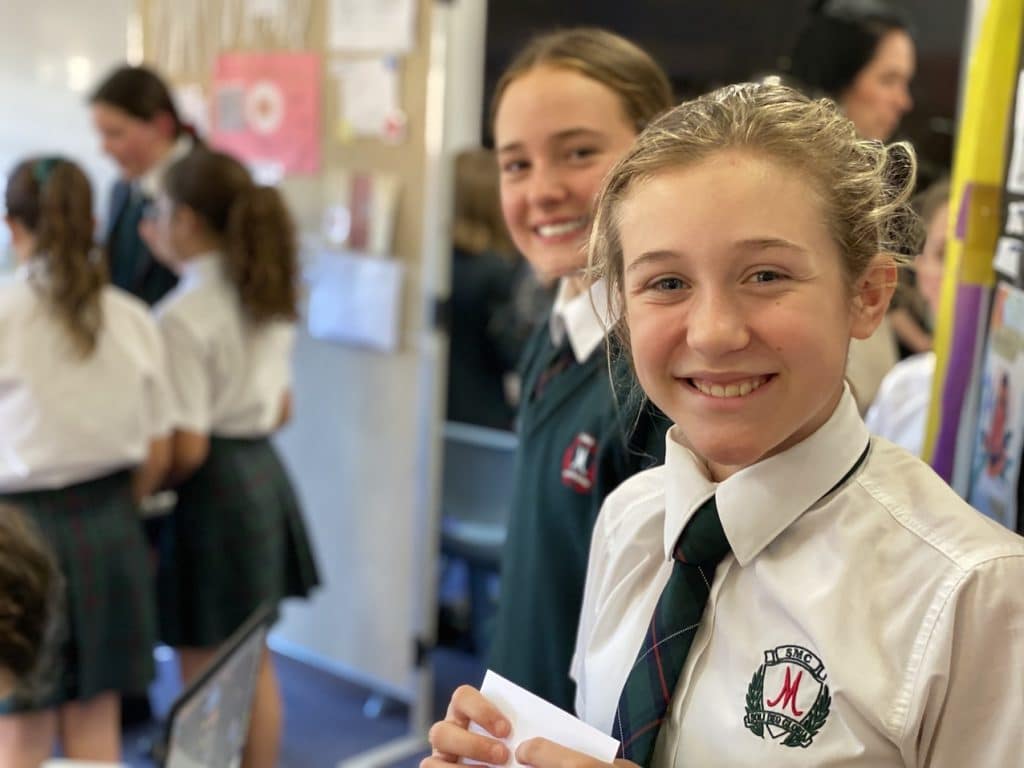
Big Question: How can we use technology as a tool to promote the fair treatment of Noongar People?
Daniella Stokes (6.6) Sophie Dowsett (6.6) Claudia Taylor-Beard (6.8)
We liked being able to choose our own topic that we are passionate about and to be able to try and help the Noongar People be welcomed and accepted. We also liked being creative and making all sorts of items using technology and other materials to make a difference. It was fun, and a good hands-on project.
Another thing we enjoyed was working together with people we wouldn’t usually work with. It helped us create new friendships. Using an action plan made us less stressed and helped us share the workload evenly, making this a super different, new and exciting learning experience.
Our parents and other visitors got to come and see all the hard work we put into our topic. It was great to have someone to share what we had created. Overall, we really enjoyed Spark6 because we got to raise awareness on a topic we are passionate about, be creative, share our work and work together.

Combating The Attention Span Crisis In Our Students – Jennifer Oaten
It is no secret that attention spans have been steadily declining, especially among younger generations growing up immersed in digital technology. The average person’s attention span when using a digital device has plummeted from around two and a half minutes back in 2004 to just 47 seconds on average today – a dramatic 66% decrease over the past two decades.
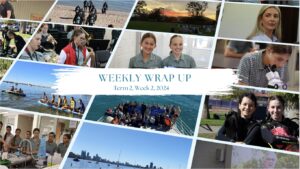
Weekly Wrap Up: Term 2, Week 2, 2024
Week 2 has come to an end! This Weekly Wrap Up features highlights from Scuba Diving Club, the Sisterhood Series, and Boarding ANZAC Service.
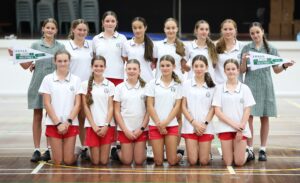
Santa Maria Teams Shine in Term 1 Sports
Santa Maria had a huge number of girls in the IGSSA AFL and Volleyball competition with strong results for a number of teams.
- Collaboration, Creativity, Featured, ProblemSolving, SocialInnovation
Author: Santa Maria College
Santa Maria College is a vibrant girls school with a growing local presence and reputation. Our Mission is to educate young Mercy women who act with courage and compassion to enrich our world. Santa Maria College is located in Attadale in Western Australia, 16 km from the Perth CBD. We offer a Catholic education for girls in Years 5 – 12 and have 1300 students, including 152 boarders.
